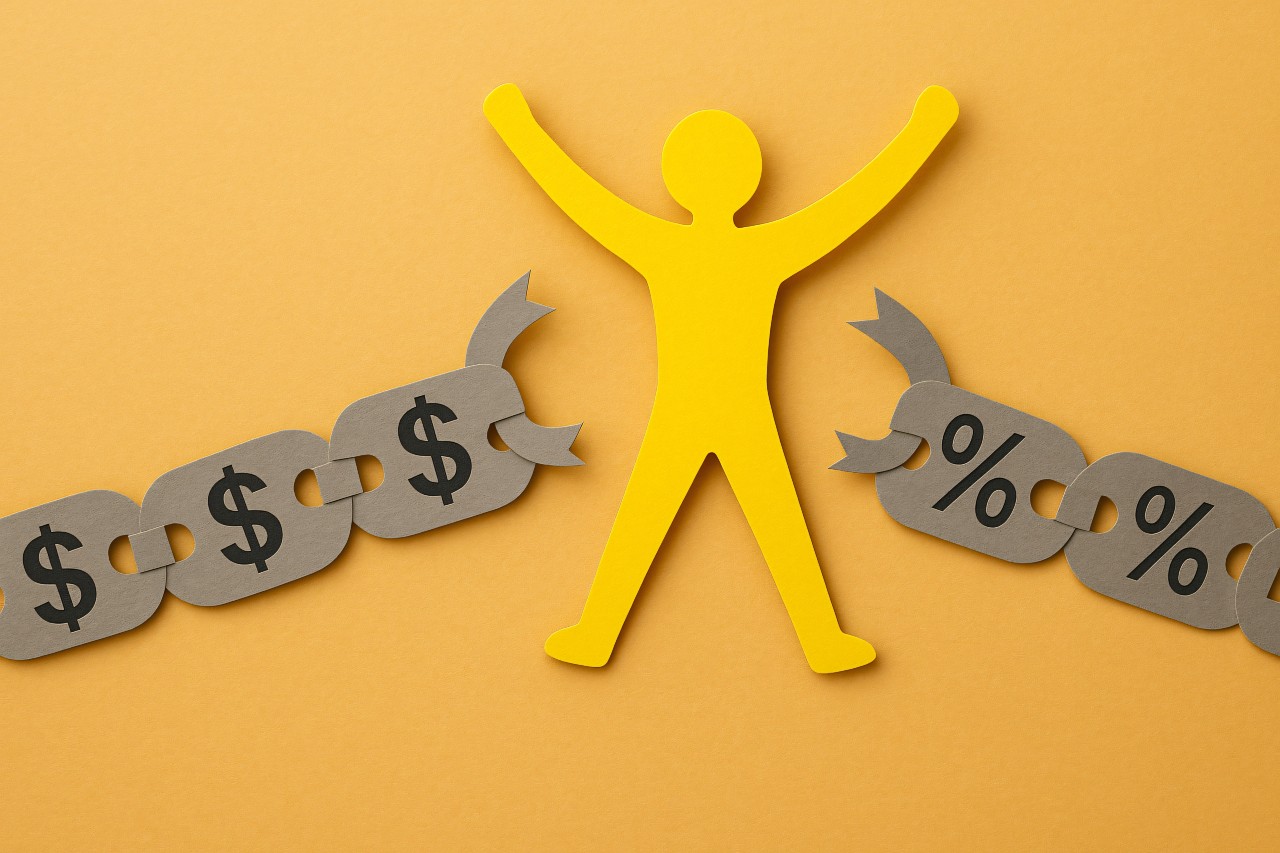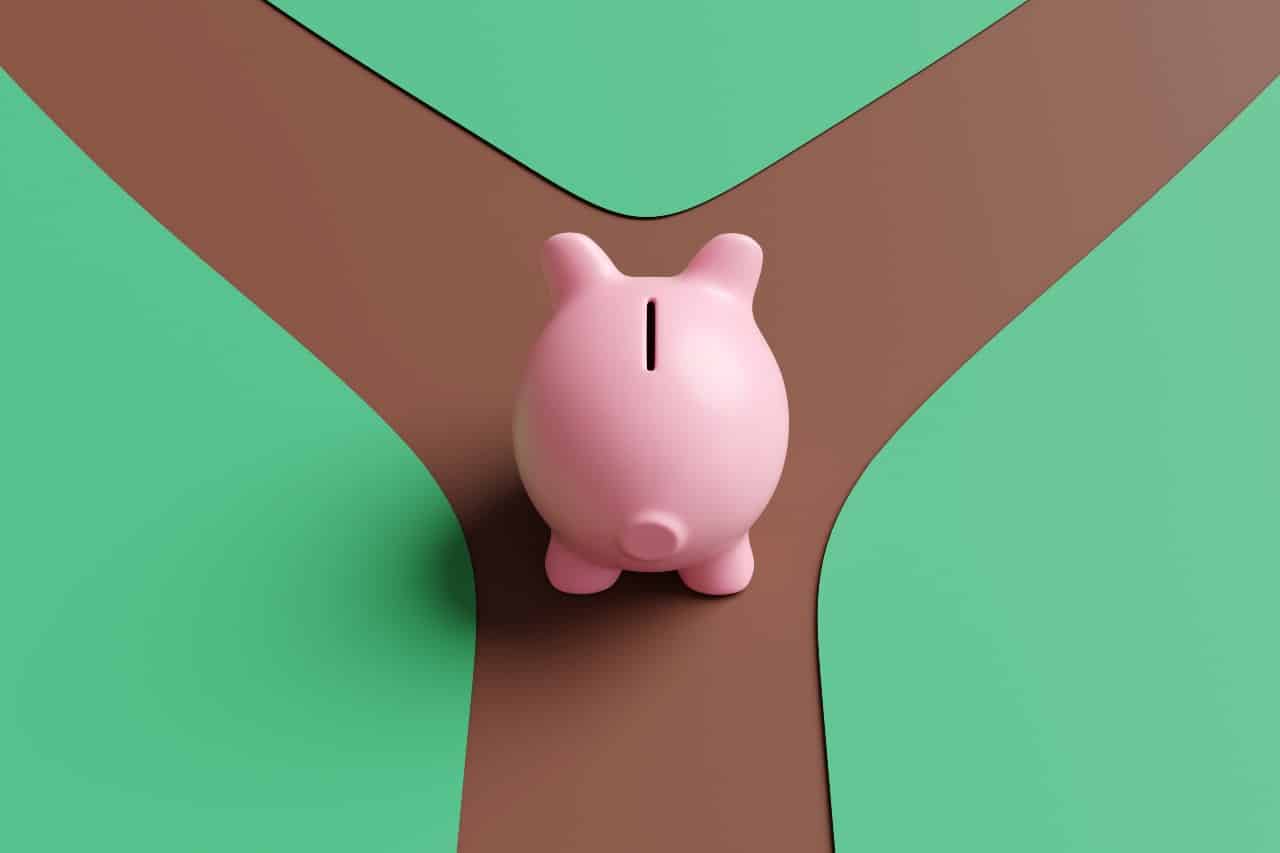Debt-to-income ratios are commonly used in the personal finance industry in Canada. The ratio assesses one’s ability to manage and repay debts. You can calculate the ratio by summing all debt payments and dividing it by monthly income. Debt-to-income ratios are usually expressed as a percentage. The lower the percentage is, the more effectively a borrower is able to handle their obligations. You can calculate your debt-to-income ratio using Debt.ca’s calculator. Generally speaking, 36% or less is good and between 37% and 42% is manageable. Anything above 43% should be concerning.
In the last few years, there have been various trends surrounding household debt. Particularly in relation to the ongoing coronavirus pandemic. We discuss the identified trends within the Canadian economy. We will discuss your options when debt-to-income ratios become unmanageable.
Household Debt Trends in Canada
Household debt trends show a rise in housing market activity and a decline in interest rates. These trends started in the third quarter of 2020. They were noticeable through to the first quarter of 2021.
Hot real estate pockets are propelling house prices upwards, pushing demand for mortgages. In the fourth quarter of 2020, the mortgage loan demand is roughly $34.9 billion. This figure beat the previous high of $28.7 billion. Residential real estate increased by 3.3% in value. This was consistent with growth in prior quarters. Because of the rising value of homes in Canada, the net worth of homeowners is also on the rise. The average net worth of Canadians has increased to $357,955 from $343,172. Since 2019, the total net worth of Canadians has increased by over $1 trillion.
While this is fantastic for the economic landscape in Canada, debt-to-income ratios increased. The ratios remain below pre-pandemic levels. In the most recent quarter, the average debt-to-income ratio increased from 13.18% to 13.58%. The small increase indicates that Canadian’s disposable income is shrinking. This is likely due to new financial obligations, predominantly mortgages. This value is still 9.8% lower than its peak in the third quarter of 2019. Many Canadians paid down their debt load following the pandemic. The goal was to prepare for job loss or other financial risks associated with COVID-19.
Canadian Spending Habits Post-Pandemic
Following the pandemic in March, April and May of 2020, Canadians paid down old debts. Furthermore, credit card debt dropped by 14% in Canada by the end of December 2020. With mass job loss and reduced hours, people were fearful of income loss. Therefore, Canadians paid down debts to prepare. Government support helped people achieve this.
As the Canadian economy recovers, new spending habits have emerged. Mortgage debt surged which was possible through lower interest rates and higher incomes. There has been a remarkable recovery within Canada’s housing market. Overall mortgage debt is higher than pre-COVID levels. But the percentage of disposable income used to make debt payments has reduced. This was possible through government support, lower interest rates and payment deferrals. Most government support programs have now ended. The Bank of Canada expressed dedication to keeping interest rates low. Even without government support, mortgage debt will likely remain manageable for Canadians. This is mainly due to maintained low rates.
Canadians who could afford to invest in the real estate market have benefited. They have effectively built wealth in their properties. Those who took out a mortgage payment made a good financial decision in hindsight. Although, this is increasing the gap between the haves and have nots. As housing market values increase, homeowners are gaining wealth. The barrier to entry for new homeowners is increasing, unfortunately.
Dollar spending in other categories, such as retail, dining and travel, is difficult to measure at this time. Many of these services were not available during the pandemic causing a lack of spending. It’s unclear if the lack of spending is due to a lack of desire or lack of availability following the pandemic. After the economic collapse in spring 2020, household spending on goods stabilized. This was in part due to many businesses effectively moving their stores online. In the second half of 2021, spending will likely return quickly. Especially with vaccines and loosened restrictions on the way.
Canadians in Debt
Overall, the Canadian debt trends surrounding housing are generally positive. There is still uncertainty about other spending habits and outstanding obligations. More specifically, credit cards and other unsecured debts. Individuals who were fortunate to maintain employment and made real estate investments benefited. Furthermore, these individuals were able to maintain a healthy debt-to-income ratio. Not everyone was fortunate enough to be in this position.
Many lost their job or experienced a reduction in income. This resulted in challenges in managing existing debts, including mortgages and HELOCs. These individuals experienced a sharp increase in their debt-to-income ratios. The primary reason was that income levels dropped or vanished. Prior to the pandemic, debt levels were already high which put people in a difficult cash position. Managing household debt is challenging without a steady income. This may have led to a need for debt consolidation, debt settlement, liquidation of assets, downsizing or insolvency.
If you’re struggling with debt, it may be time to seek professional help and consider insolvency. Speak to a credit counsellor today if you have more questions about your debt-to-income ratio. They can help you create a plan based on your financial situation.





